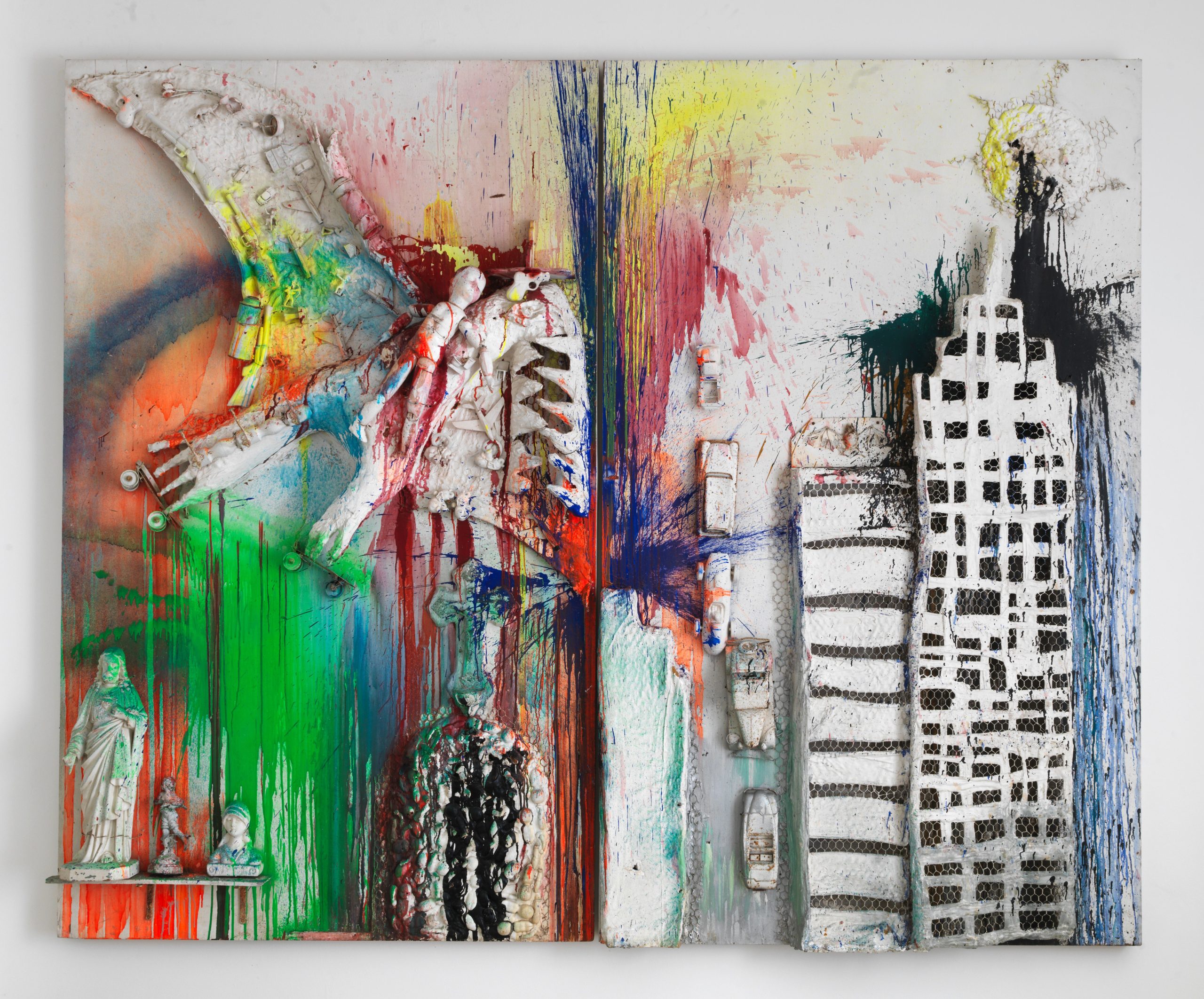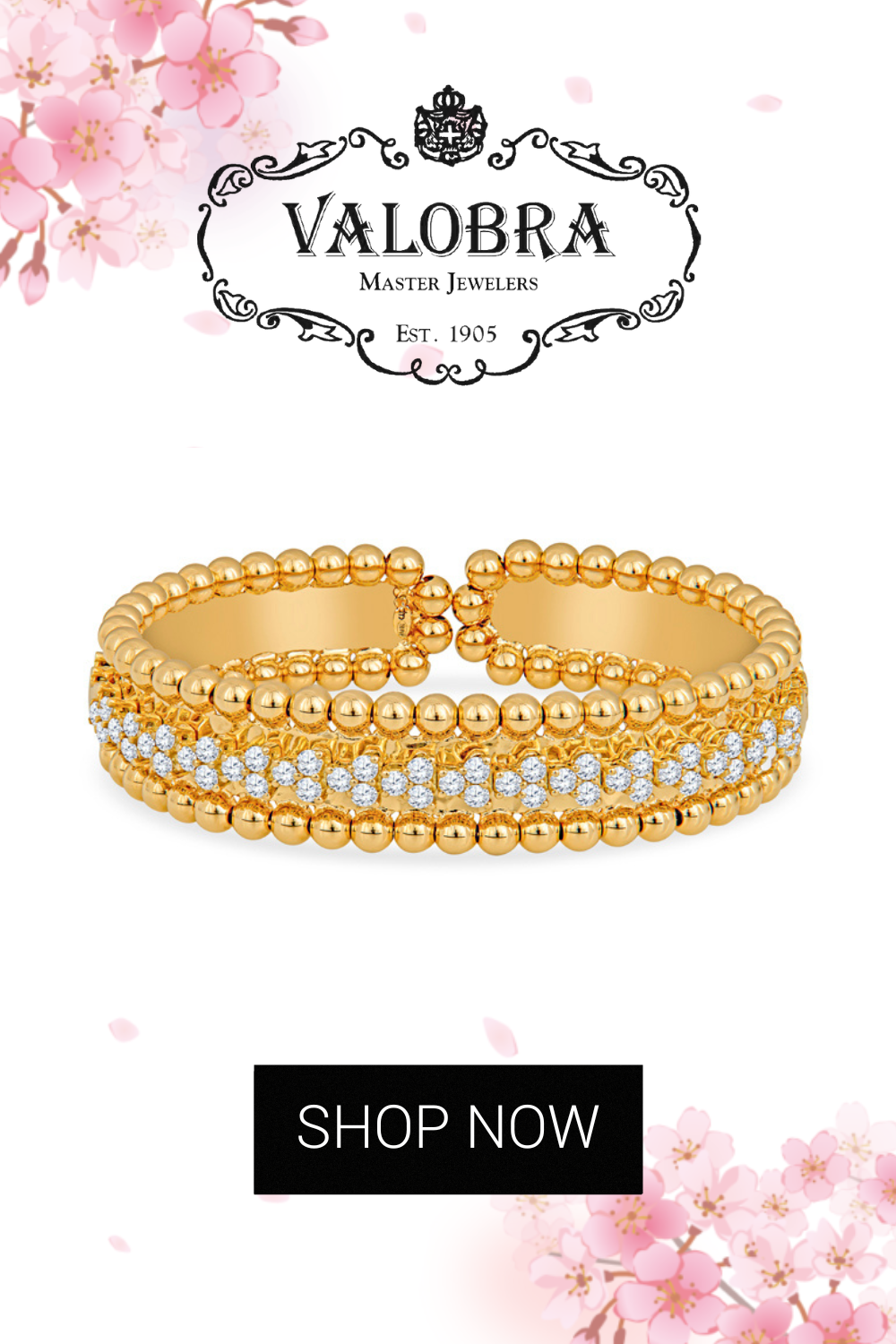Groundbreaking Feminist Artist Gets a Major Menil Moment — Niki de Saint Phalle Always Hit Her Target
Some Long Overdue Recognition For a Woman Whose Work is Monumental
BY Leslie Loddeke // 10.07.21Niki de Saint Phalle during a shooting session at Impasse Ronsin, Paris, 1962. (© André Morain)
The Menil Collection’s exhibition of early works from the 1960s by groundbreaking feminist artist Niki de Saint Phalle (1930 to 2002) could hardly be more timely.
“Plus ca change, plus c’est la meme chose” — “the more things change, the more they remain the same” — seems to echo, like a ghostly commentary, through the galleries of the exhibition along with what one imagines would be a rueful Gallic chuckle from the creator.
“Niki de Saint Phalle in the 1960s” displays selected pieces from that pivotal decade by a young French American woman exploring ways of expressing her feelings of frustration with a society she viewed as patriarchal and repressive, encroaching on a woman’s freedom of choice and self-defined identity.
The artist’s body of work has been enjoying new recognition and appreciation in the United States, highlighted by enthusiastic responses to the recent New York exhibition, “Niki de Saint Phalle: Structures for Life” at MoMA’s PS1, as well as another Saint Phalle show at a Manhattan gallery.
“The self-taught Saint Phalle is one of the late twentieth century’s great creative personalities, ahead of her time in several respects, with traits that once clouded and now halo her importance,” New Yorker art critic Peter Schjeldahl wrote.
Schjeldahl called her MoMA PS1 show, which closed September 6, “ravishing and scandalously overdue” in an article examining her work within the context of her life headlined “The Pioneering Feminism of Niki de Saint Phalle.” The writer notes that while Saint Phalle was popular in Europe (with major retrospectives of more than 200 of her pieces at the Grand Palais in Paris and the Guggenheim Bilbao in 2015), until late in life she “cut little ice in transatlantic art circles.”
New York Times critic at large Jason Farago reviewed both the MoMA PS1 show and a Saint Phalle exhibition called “Joy Revolution” at Manhattan gallery Salon 94. The headline bore the on-point summary subhead: “At MoMA PS1 and Salon 94, the French-American artist gets long-overdue attention for her boundary-defying architecture and public sculptures.”
Saint Phalle’s Nanas, Farago astutely observed “recast her rage at the patriarchy into autonomous, strangely jolly prima donnas.”
Turning Her Pain Into Art
The daughter of aristocratic parents in an elegant Paris suburb endured a painful, abusive childhood that left a lasting imprint, as NPR’s Susan Stamberg sensitively recounts in an essay on the MoMA PS1 show headlined “How Niki de Saint Phalle Channeled Pain Into Joyful, Vibrant Works of Art.”
A beautiful woman who modeled in her teenage years for Vogue and other magazines before entering the world of art, Saint Phalle had a “complicated” life Stamberg describes as “searching, tormented, obsessed, joyful.”
Fortunately, like Stamberg and undoubtedly countless others over the years, I have a happy memory of first encountering a Saint Phalle work that was definitely on the joyful side, which made me smile as well. Her 1983 collaboration with Jean Tinguely in producing playfully imaginative, multicolored, mechanized art objects for the Stravinsky Fountain outside Centre Pompidou in Paris.

Neither Stamberg nor I knew until much later the sadness that pervaded the first part of Saint Phalle’s life, which the artist learned to release and express through the creation of art as a means of exorcising her emotional demons. She climbed out of the depths of depression by translating her turbulent emotions — “fear, violence, hope and joy” — into painting, wholly immersing herself in the creative process.
In focusing on Saint Phalle’s early years as an artist, the Menil show helps you understand the path of her struggle and development. Visitors can learn about these works and years through a paper exhibition pamphlet (one of many special niceties of Menil shows) that are free to take home and ponder later. Moreover, this exhibition features many works from European collections that are being seen here for the first time.
Marking the way to the Menil exhibition, at the far end of a long hall to the left of the museum entry, is a cartwheeling, plump, multicolored figure. It’s a polyester resin sculpture called “Bathing Beauty” (1967), which Saint Phalle produced in collaboration with Tinguely. The piece provides a cheerful welcome to this thought-provoking, kaleidoscopic show.
Once inside the gallery, the exhibition opens chronologically on the dark side with the artist’s early ‘60s “shooting paintings” (known by the French word “Tir” for shooting). These were produced when Saint Phalle set up a gun range outside her Parisian studio and invited participants to use a .22 caliber rifle to shoot at various plaster-covered compositions containing hidden bags of brightly colored paint that would explode, “bleed” and run down the canvas, creating through destruction a commentary on the culture’s ingrained violence. In the process of these shocking displays, a host of media gathered and the then-novice Saint Phalle gained increasing attention and work invitations.
Her artistic targets, often heavily embedded with small symbolic figures like baby doll parts, toy guns and statues, seemed to find commonality in a theme of the perceived abuse of power. They broadly ranged from political figures to societal institutions such as organized religion, as seen in the gloomy, black- and blue-spattered depiction of the Gothic cathedral of Reims (1962.) Elsewhere, “Hors-d’oeuvre, or Portrait of My Lover” (1960), displays a man’s shirt topped not by a picture of a face, but by a blank circle of an actual target implanted with darts.
Saint Phalle began to create big figures of women embodying restrictive gender role assignments. One all-white, haunting female figure in the Menil exhibition, the macabre specter of a bride, is heavily encumbered by her voluminous bridal gown, her sad visage obscured by a dramatically elongated bridal veil.
Beginning in the mid-‘60s, on the cusp of a rising international feminist movement, Saint Phalle’s female creations took a turn in a decidedly positive direction, literally expanding into a sculptural series she dubbed Nanas, the French slang for girls. The Nanas series was inspired by a dear friend Clarice Rivers, who was pregnant. These free-standing, well-rounded forms of all sizes exuded a sense of strength, agility, power and resilience, as well as a certain playfulness.
The all-female, first group of sculptural Nanas debuted in 1965 at Galerie Alexandre Iolas in Paris, representing to Saint Phalle “a new matriarchal society.” She proceeded to make a succession of numerous Nanas, often naming them after women she loved and admired, who represented goddesses and superwomen to her.
A real superwoman of a sculpture in the Menil exhibition is the truly monumental “Madame, or Green Nana with a Black Bag” (1968), quite a vision in her bright-green, marbled dress. This Nana would tower majestically over even the tallest visitor.

Eventually Saint Phalle would spend decades working happily with collaborators in building such fantastic, colorful, massive figures and structures in her masterpiece, a vast public sculpture park in Tuscany called the Tarot Garden, which she intended as a place of joy and healing.
Later in life, looking back on her successful career, Saint Phalle insightfully remarked that without “playing with my problems” with the creation of her artwork, she didn’t think she would have survived. Perhaps a lesson for us all.
“Niki de Saint Phalle in the 1960s” was co-curated and co-organized by Michelle White, senior curator at the Menil Collection and Jill Dawsey, curator at the Museum of Contemporary Art San Diego. The exhibition will be on view at the Menil through Jan. 23, and then will open in April 2022 at the Museum of Contemporary Art San Diego. As always, admission is free at the Menil, but online reservations are recommended, and masks are required as part of the museum’s COVID-19 protocols. The Menil is open Wednesdays through Sundays from 11 am to 7 pm.

























_md.jpeg)


_md.jpeg)



_md.jpeg)

_md.jpeg)



